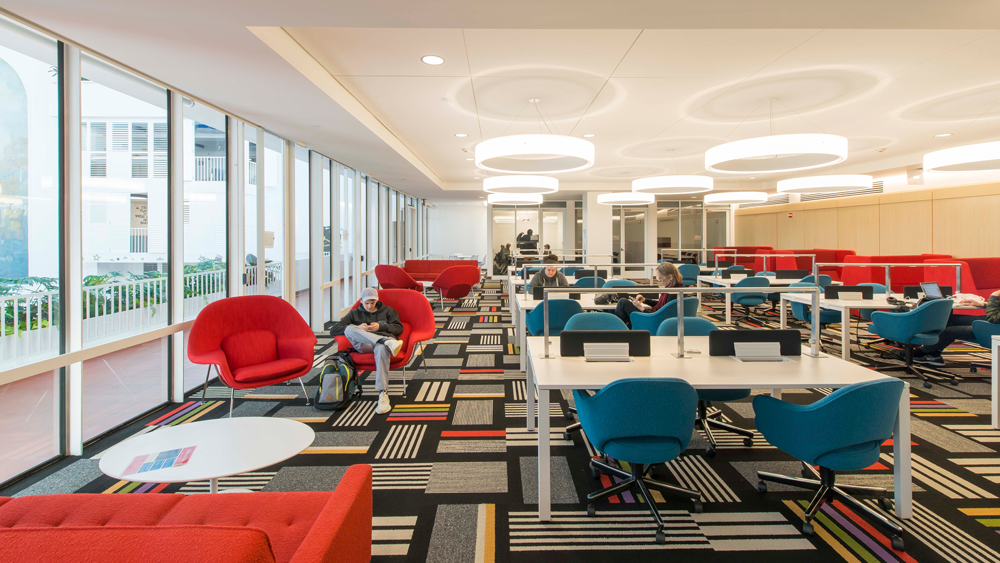In today’s world, the concept of energy-efficient homes is not just a trend but a necessity. With climate change and environmental concerns on the rise, making our homes more sustainable is crucial for both the planet and our wallets. That’s why an energy-efficient homes checklist can serve as a vital tool for anyone looking to reduce their carbon footprint while reaping financial savings.

Understanding Energy Efficiency in Homes
At the heart of the energy-efficient homes checklist lies the understanding of what makes a home energy-efficient. From the materials used in construction to the appliances we choose, every element plays a role in conserving energy and utilizing resources wisely.
Why Energy Efficiency is Important
The main reason for adopting energy-efficient practices is to lower our daily energy consumption, reducing utility bills and minimizing our environmental impact. An energy-efficient home can enhance living comfort, increase property value, and assert your role in battling climate change.
Components of an Energy-Efficient Home
Critical factors of a sustainable home include proper insulation, efficient HVAC systems, LED lighting, and smart home technology. Each of these components contributes to a home’s overall energy efficiency.
Getting Started with the Energy-Efficient Homes Checklist
An energy-efficient homes checklist is an essential starting point for assessing your home’s current energy usage and identifying areas for improvement. Let’s explore some categories and specific actions that can make a significant difference.
1. Assessing Your Home’s Energy Use
Begin by conducting an energy audit to evaluate your home’s energy consumption. Consider hiring a professional or using tools that help pinpoint energy drains and suggest potential improvements. Learn more about this from sustainable practices guides available here.
2. Insulation and Sealing
Sealing leaks and ensuring proper insulation can significantly reduce heating and cooling costs. Inspect your home for drafts, and seal gaps to prevent costly energy loss.
3. Efficient Heating and Cooling Systems
Invest in ENERGY STAR-rated HVAC systems, smart thermostats, and regular maintenance to ensure optimal performance. A well-maintained system can save you significant amounts in energy expenses.
4. Water Efficiency
Consider low-flow faucets, showerheads, and energy-efficient water heaters to minimize water waste. Insulating hot water pipes can also reduce energy needed to heat water.
Incorporating Renewable Energy
Renewable energy sources like solar panels or wind turbines can greatly enhance your home’s efficiency. While the initial investment can be daunting, the long-term savings, paired with government incentives, often outweigh the costs.
Solar Power Integration
Solar energy is not only more attainable but also highly effective in reducing overall energy expenditure. Learn more about sustainable planning tips here.
Choosing Energy-Efficient Appliances
Replacing old appliances with energy-efficient ones can significantly cut down electricity use. Look for ENERGY STAR labels to ensure you’re selecting the most efficient options available.
Intelligent Lighting Choices
Switching to LED lighting and using automated systems for lights can drastically reduce electricity bills. LEDs use a fraction of the energy that traditional bulbs do, offering longer life and better performance.
Smart Home Technology
Smart home devices allow for a more convenient and efficient living environment. Thermostats, clever plugs, and home automation systems can help monitor and control energy use remotely.
Benefits of Home Automation
Automation systems can be set to manage temperature, lighting, and appliance operation based on user habits, optimizing energy use without sacrificing comfort.
Monitoring Energy Consumption
Using smart meters and detailed energy reports can show patterns of energy use and possibilities for conserving energy. This data is imperative for anyone serious about reducing their consumption.
Government Incentives and Green Building Certification
Government programs often offer rebates, tax credits, and other financial incentives for upgrading to energy-efficient systems. Additionally, green building certifications, like LEED, can not only boost efficiency but also enhance your home’s value.
Navigating Incentives and Rebates
Explore local and federal incentives, and consider seeking certifications through proven strategies. Detailed information can be found here.
The Value of LEED Certification
LEED Certification acknowledges adherence to best practices in eco-friendly building, providing economic and marketing advantages. More insights into common mistakes during certification can be accessed here.
Conclusion
Building or retrofitting a home to be energy-efficient is a challenging yet rewarding endeavor. Not only does it promise long-term savings, but it also positions homeowners as responsible stewards of our environment. Adhering to an energy-efficient homes checklist ensures that every step taken is both strategic and effective, crafting a holistic approach to sustainable living.

FAQs
What are some simple energy-saving tips for homeowners?
Switching off lights when not in use, using energy-efficient bulbs, and unplugging devices can significantly reduce energy consumption at home.
How often should I conduct an energy audit?
Regular energy audits are recommended every 2-3 years or whenever major renovations are planned, ensuring systems are running at maximum efficiency.
Is investing in renewable energy sources worth it?
While there are upfront costs, the long-term savings and environmental benefits of renewable energy make it a worthwhile investment.
For further insights into green building and energy efficiency, visit the [U.S. Green Building Council].
This article contains affiliate links. We may earn a commission at no extra cost to you.




